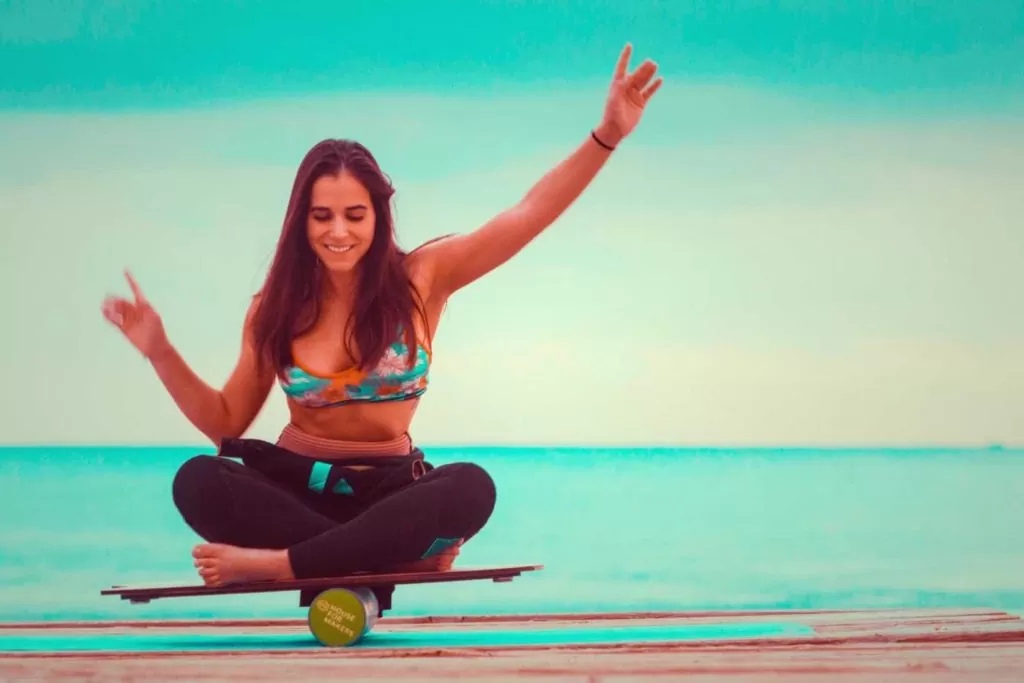Like having a noisy neighbor, living with vestibular migraine is just as much about learning to cope with the “noise” as it is about actually confronting the noise. Ear plugs, soundproofing, a schedule – these are the tools of dealing with a noisy neighbor. Work routines, travel strategies, proper diet, and cognitive resilience – these are the tools of living with vestibular migraine (VM).
What You Eat
Food allergies are often an overlooked migraine trigger. Working with a registered dietitian to get food sensitivity testing is an effective first start. More generally, many patients have followed the Heal Your Headache diet focusing on cutting out processed meats, cheeses, nuts in addition to limiting caffeine, alcohol consumption, chemical compounds, and additives. Likewise, supplements are a first step treatment given their ease of application. There are several vitamins and nutritional supplements that have literature supporting their use in the prevention of migraines. Magnesium is one of the primary deficiencies seen in migraine patients. Vitamin D, Coenzyme Q10, and Riboflavin (Vitamin B2) are all also on that list.Traveling with Vestibular Migraine
Many VM patients feel that their diagnosis is an order to stay on house-lock. A vacation is meant to be enjoyed and the fear of VM attacks taking over a vacation makes the whole ordeal seem futile and a waste. But that’s no way to enjoy life. Don’t let your diagnosis be your identity. With the right preparation, you can feel more confident in dealing with the added triggers of traveling. First off, if you can choose when you’re going wherever it is that you’re going, shoot for off-times of the year. The roads will be clearer. The airports less crazy. The destinations less cramped. If possible, resting the day or two prior to traveling can help you zero yourself out. Prepare ALL of your stuff in advance. Pack your bag, print your boarding pass, and place out your keys and wallet the night before. Last-minute scrambling is a horrible way to start a trip. A few quick travel hacks:- Earplanes help to regulate the cabin pressure changes and the discomfort that comes along with it.
- SeaBands stimulate the Nei-Kuan, P6, acupressure point. This pressure point relieves nausea, motion sickness, and headaches.
- Special migraine sunglasses – such as TheraSpecs – will help you avoid the harsh fluorescent lights of airports.
- Books are generally avoided because the eye strain can be a VM trigger. However, this is really up to each patient’s preferences.
- And because we all, especially VM patients, could use a glass of wine from time to time, Wine Wands from Pure Wine remove the sulfites and histamines from the wine which are triggers.
- Calming music is almost a universal must!
Working with Vestibular Migraine
The first course of action is speaking with your boss or team so that they understand what you’re going through. It’s important to emphasize how work flexibility is the best way for you to remain productive. There’s no sense in staring at your office computer when your head is spinning and your ear is ringing. These are some options to implement:- Reduced office hours where you’re required to be at the office.
- Reasonable adjustments can be made because the Equality Act 2010 covers migraine
- Stress and work are often synonymous. Limiting and coping with stress through meditation, breathing techniques, Mindfulness-Based Stress Reduction programs, etc.
How You Think
The physical, mental, and emotional pressures that vestibular migraines bring can be demoralizing to a person’s self-esteem and outlook on life. The purpose, therefore, of CBT (cognitive-behavioral therapy) is to help patients elevate their mood and presence in life. It’s a means of strengthening one’s mental fortitude to conquer any emotional side effects that this condition brings. CBT is based on the belief that your condition doesn’t define your life. And in the same way that your mind can conjure up a worse situation through negative thinking, you can use your mind to elevate and overcome your situation. Some of the components of building your mental resilience:- Frequent gentle stretches loosen up the muscles and relax the body. Thus, lessening the effects of stress.
- Walking meditation is a very approachable form of meditation that is extremely effective in calming a “mental storm”. Learn about walking meditation here or in the book Peace is Every Step.
- Therapists that have a specialized focus in cognitive-behavioral therapy can help unwire the type of thinking patterns that expand the effects of VM on one’s life.
